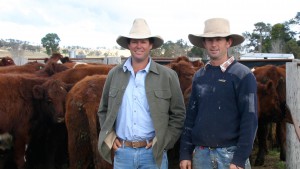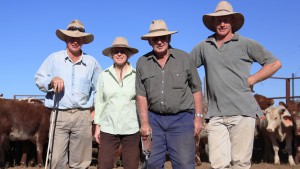Beef cattle breeding is about profit, just like any other busi- ness. Our job as seedstock producers is to constantly achieve a profitable bottom line for our clients. Our breeding philoso- phy is simplistic – fertility and weight for age – the two biggest profit drivers. The more things you try to select for, the less genetic progress that will be made.
Profitability starts with reproduction and that is why breeding an economically efficient factory, ‘the cow’, is so important. Reproduction doesn’t effect the processor and yet, more often than not, it is the processor that dictates our price. Second to reproduction in terms of profitability is growth for age and thirdly, carcass quality. Due to processors being price makers we see a tendency for cattlemen to select these traits in the reverse order and to focus on revenue with little consideration to the cost of production, which could be considerable.
Lionel began pregnancy testing in the early 1960’s and since that time our Shorthorn herd has maintained between 90-95% in calf – a very good result over 53 years and a testament to the Shorthorn breed. Our challenge now is to increase that level through better management, nutrition and genetics. Over a herd of 800 breeders a 1% lift in fertility returns $4,800 (8 calves @ $600) but a 10% lift will return an extra $48,000. This means a big difference in profit no matter what breed, colour or price you receive for weaners. It will pay a mans wages for a year or in our case a young boys education. Keep this in mind the next time you are selecting a herd sire and the operation producing your bulls.
We have been saying for years that your environment will determine the maturity pattern, weight for age and fertility
of your cow herd. By consistently selecting for fertile females that wean calves with weight for age you will, by natural selec- tion, eliminate unproductive cows. Cows that are later matur- ing and high growth will struggle to re-breed and maintain condition score, year in, year out. The early maturing cow will go to fat more quickly and will result in fat deposited in the ud- der, impeding milk production and rearing a reduced weight calf. This female may also struggle with fertility as she will be less inclined to re-breed due to excess fat deposits. The me- dium maturity cow will maintain condition in a wider variety of environments due to a moderate maintenance requirement, thus being more fertile and will rear a profitable weaner that will fit more market opportunities. This female has the ability to produce a live calf for 10 years and will also return 33% more than her earlier maturing counterparts as a cast for age cow (medium cow – 600kg x 1.50 c/kg = $900 versus smaller cow 450kg x 1.50c.kg = $675 equating to a 33% difference).
The two major genetically controlled inputs for a cow herd are mature cow size indicating dry matter intake and milking ability. Females with a larger body mass will require a higher feed intake reducing condition score and stocking rates. Higher milk females carry higher maintenance costs whether an animal is lactating or not, because higher milk potential cattle have higher maintenance gut and organ mass than lower milk cattle.
Too many people confuse high maternal cattle with having to be very high milk. Milk should only fit the environment and high maternal cattle should be expected to be PTIC in calf, in good condition with a healthy, above average weight calf at wean- ing. A producer must also be careful because growth and ma- ture cow weight are correlated, so blindly selecting for growth without paying attention to fertility will lead to increased cow size, maintenance cost and lower fertility, therefore lowering profit.
Females are feminine for a reason. Femininity, enables a cow to perform her task of being a ‘cow factory’. An efficient factory will be economically viable for a long period returning more profit. The more feminine females are also the ones that produce better male and female progeny as their basic breeding fundamentals are correct and this is passed onto their progeny. Profitability starts with the female herd producing calves.

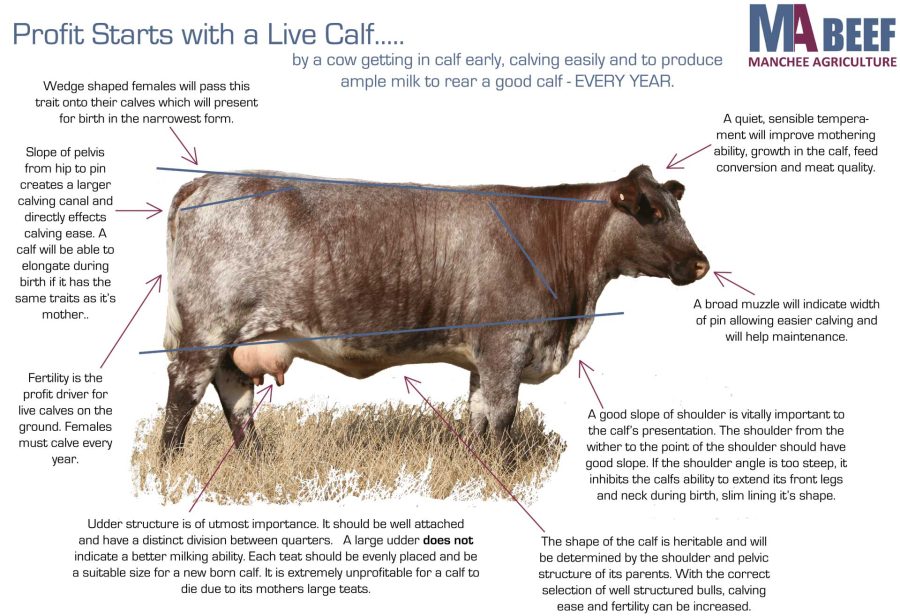
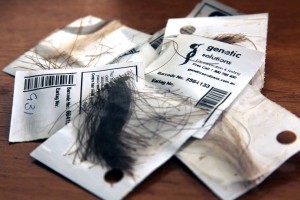

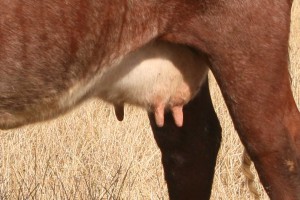






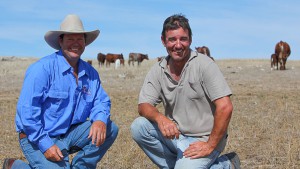
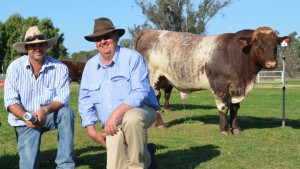
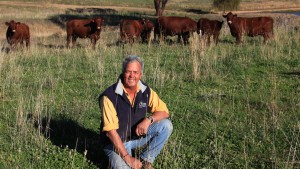
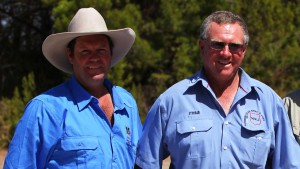 “Yamburgan cattle are cattle that com- bine performance and docility and are sought after by both lot feeders and grass finishers who consistently comment on the high percentage of the cattle that meet the highest specifications.”
“Yamburgan cattle are cattle that com- bine performance and docility and are sought after by both lot feeders and grass finishers who consistently comment on the high percentage of the cattle that meet the highest specifications.”